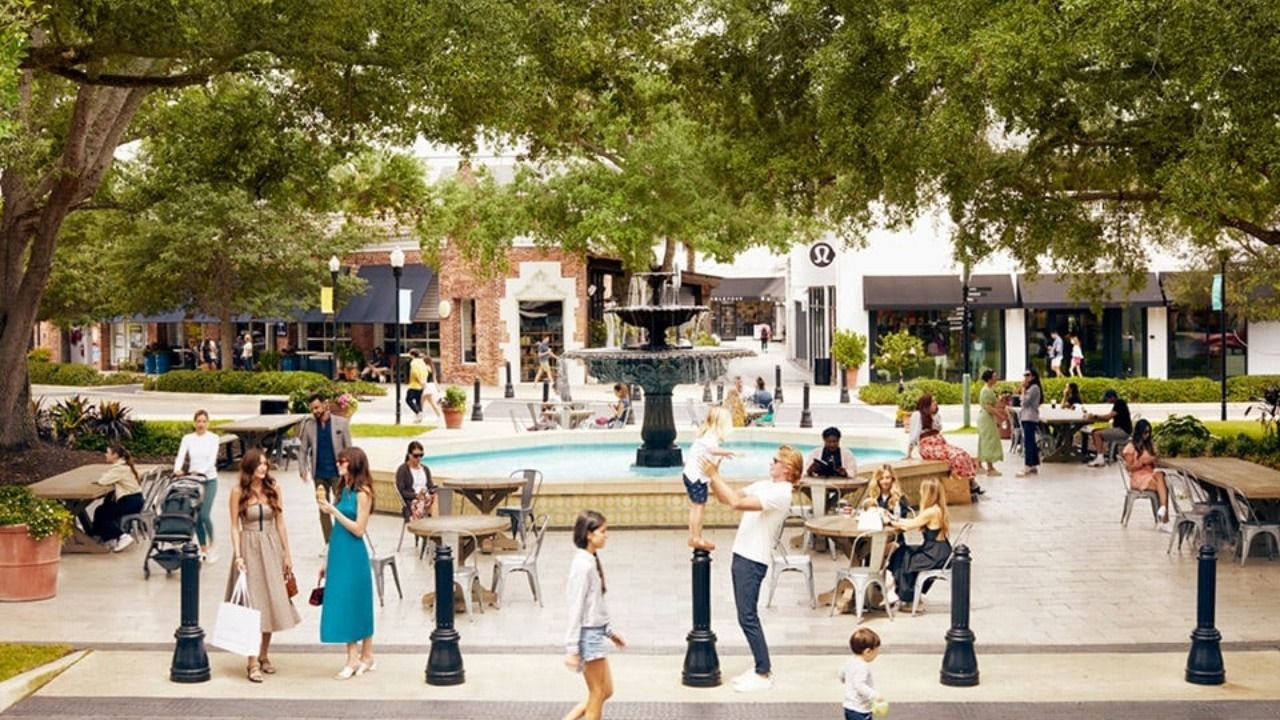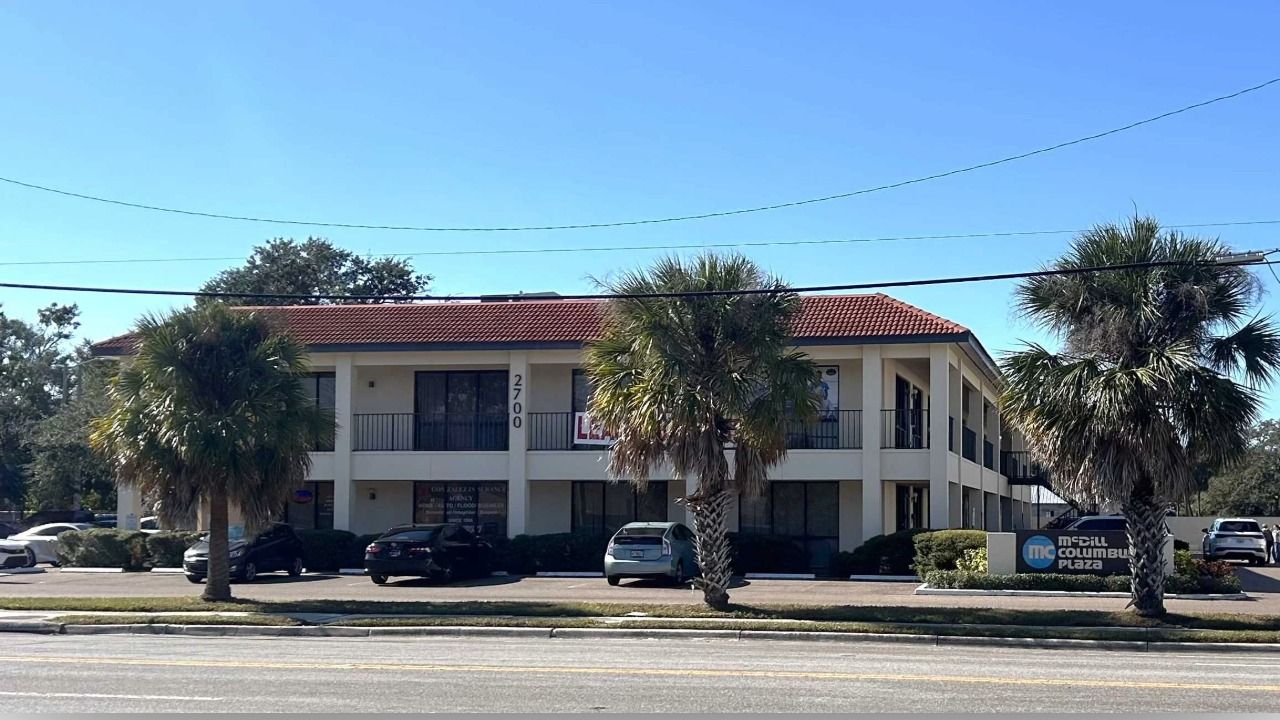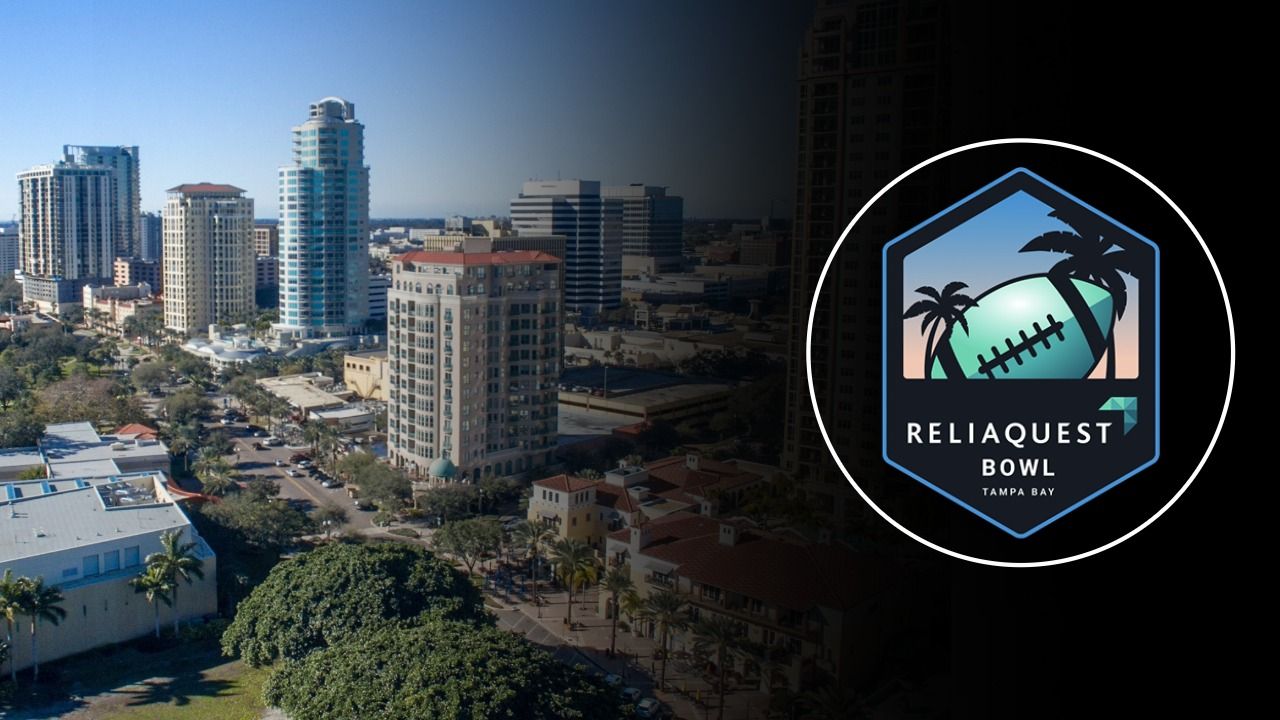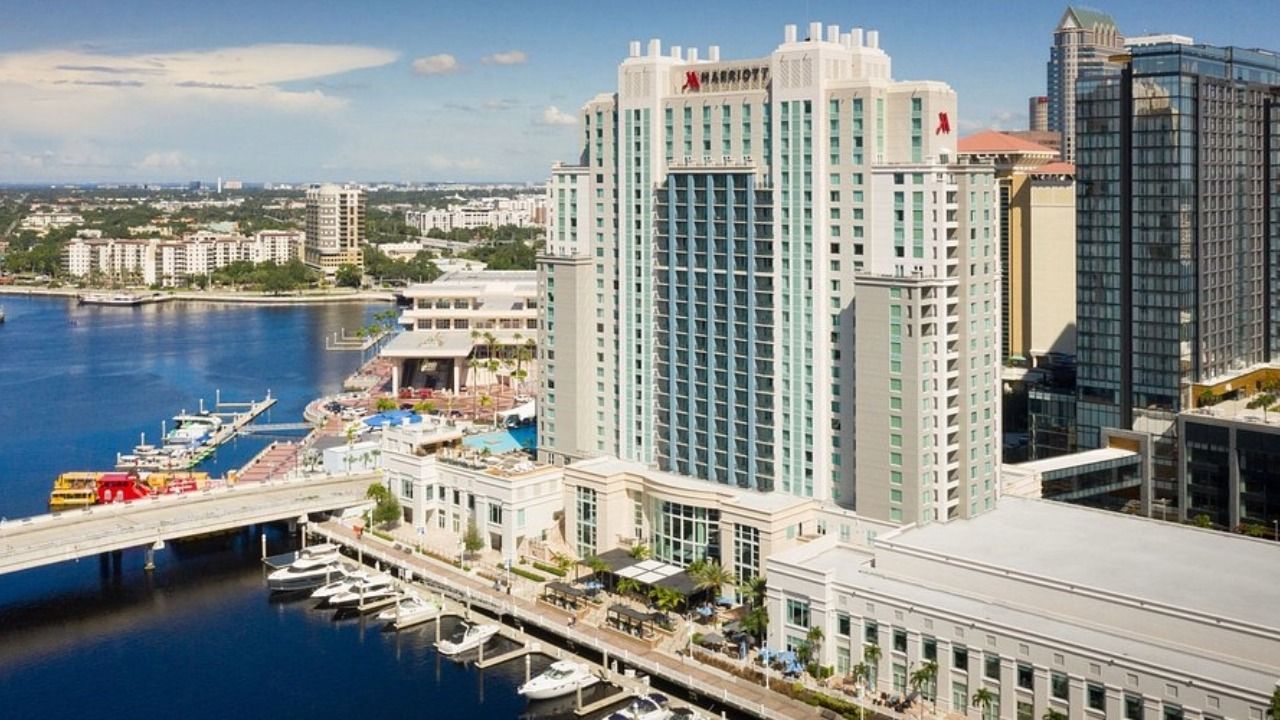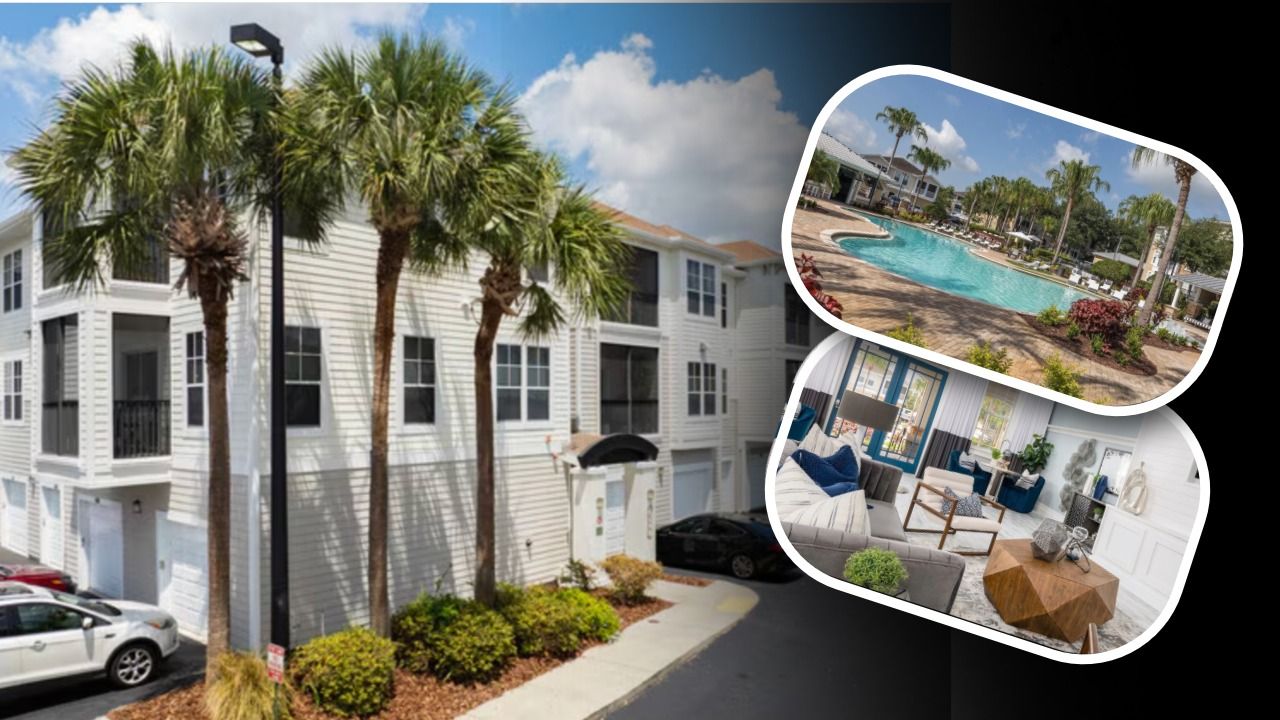What are the biggest trends impacting commercial real estate in 2020? How are they affecting the Tampa Bay market? At Cushman & Wakefield’s recent Tampa Bay State of Real Estate event, national and local experts tackled these questions through a series of engaging presentations and panels, offering insight on everything from the national economy to local market performance. Here are some of the key takeaways from the event.
As we start a new decade, one of the main concerns on the minds of real estate professionals is whether the United States economy will enter a recession in 2020 and how will it impact our business. According to Cushman & Wakefield Global Chief Economist Kevin Thorpe, most economists are predicting “no” for 2020. That is backed up by the National Association of Business Economics, which states there is a 90 percent probability that the current economic expansion will continue for at least the first six months of the year.
While there are many factors that could put the U.S. economy at risk, from the upcoming presidential election to trade issues to record-high stock values that simply can’t keep increasing forever, there are also many reasons to feel confident about the economy in 2020 and Tampa Bay’s outlook.
For example, the U.S. cranked out an average of 180,000 jobs a month in 2019, leading to an unemployment rate of 3.5 percent in December – the lowest in 50 years. Job openings were at an all-time high at the end of the year and wage growth finally began to accelerate. One of the most telling stats is the quit rate, or a number of people who leave a job willingly, which is currently at a record high nationally. This means the average worker is confident they can leave a job’ and find a new one, which wouldn’t be the case if there was widespread economic uncertainty on the horizon.
At the local level the Tampa Bay economy is still in great shape, Thorpe said. The market ranks no. 13 in the country for job growth and the 3.1 percent unemployment rate was well below the national average.

For the first time in nearly a decade, the Tampa Bay market is seeing new Class A office development. In the central business district, the first new Class A office buildings are being built in over 20 years. Overall, more than half a million square feet of new office product is expected to deliver in 2020, much of it on a speculative basis.
While the new product may cause a rise in vacancies, as vacant space leases up, Thorpe said the market is primed to absorb the new space. Office leasing expert Mercedes Angell, who spoke on a panel during the event, echoed Thorpe’s sentiments.
Leasing demand remains especially strong in Tampa Bay, Angell said, adding that rents grew 5 percent, year over year, in 2019. With office rents finally pushing past the $30 per square foot mark, and even into the low $40s for a top-tier product, both Angell and Thorpe predict rent growth will continue throughout the year.
Nationally, and locally, the industrial sector continues to shatter records. While virtually every property sector has been performing well in the Tampa Bay region, the industrial market has come out as the shining star. Bolstered by the area’s strong population growth, especially along the I-4 Corridor, the market saw near-record-low vacancies in 2019.
After such explosive growth for so many consecutive years, will 2020 be the year the industrial boom finally busts? Thorpe, fortunately, doesn’t think so. In addition to demand from tenants, investor demand is also strong in this sector.
In a discussion on the Tampa Bay investment market, valuation and appraisal expert David Beshears was asked if there are any “bargains” left in the Tampa Bay market. Beshears said older, Class B/C industrial warehouses in infill locations, which can be redeveloped and repositioned into Class A properties, remain one of the best bets in the market for investors.
Tampa’s residential market is also one to watch. According to land expert Bruce Erhardt, the majority of land sales in the Tampa Bay market are for residential development, including new high-rise towers and large-scale, single-family home communities. Despite all the new development, however, the market is still not meeting the demand for housing. Tampa absorbed over 4,000 new apartments in 2019, Thorpe said, and while the current demand from Millennials is strong, the incoming demand from Gen Z for multifamily housing options is even bigger.
While this is only a sample of what was discussed at the State of Real Estate Event, the consensus from our speakers was bullish across the board. Tampa Bay entered 2020 with great momentum and we can look forward to continued job growth, strong consumer and investor demand and the delivery of several new Class A projects as the year progresses. ♦


